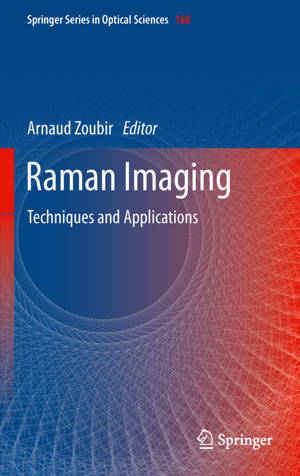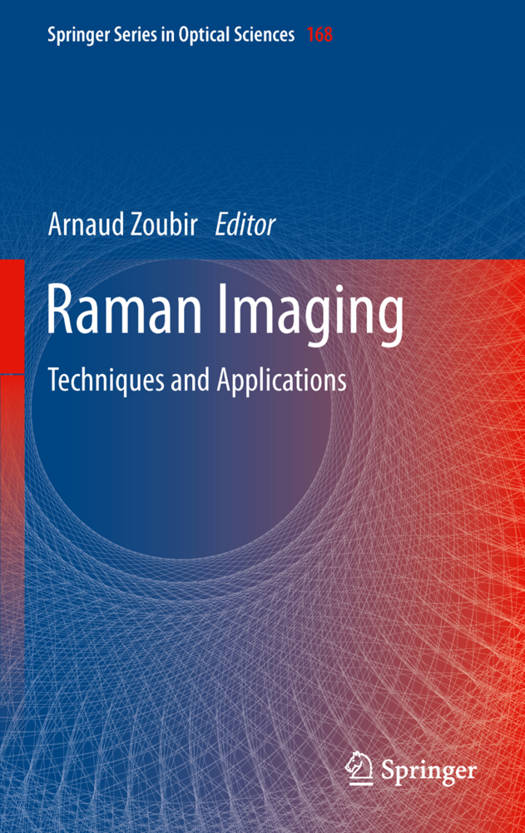
- Afhalen na 1 uur in een winkel met voorraad
- Gratis thuislevering in België vanaf € 30
- Ruim aanbod met 7 miljoen producten
- Afhalen na 1 uur in een winkel met voorraad
- Gratis thuislevering in België vanaf € 30
- Ruim aanbod met 7 miljoen producten
Zoeken
Raman Imaging
Techniques and Applications
€ 181,95
+ 363 punten
Omschrijving
Raman imaging has long been used to probe the chemical nature of a sample, providing information on molecular orientation, symmetry and structure with sub-micron spatial resolution. Recent technical developments have pushed the limits of micro-Raman microscopy, enabling the acquisition of Raman spectra with unprecedented speed, and opening a pathway to fast chemical imaging for many applications from material science and semiconductors to pharmaceutical drug development and cell biology, and even art and forensic science. The promise of tip-enhanced raman spectroscopy (TERS) and near-field techniques is pushing the envelope even further by breaking the limit of diffraction and enabling nano-Raman microscopy.
Specificaties
Betrokkenen
- Uitgeverij:
Inhoud
- Aantal bladzijden:
- 386
- Taal:
- Engels
- Reeks:
- Reeksnummer:
- nr. 168
Eigenschappen
- Productcode (EAN):
- 9783642282515
- Verschijningsdatum:
- 27/07/2012
- Uitvoering:
- Hardcover
- Afmetingen:
- 156 mm x 29 mm
- Gewicht:
- 766 g

Alleen bij Standaard Boekhandel
+ 363 punten op je klantenkaart van Standaard Boekhandel
Beoordelingen
We publiceren alleen reviews die voldoen aan de voorwaarden voor reviews. Bekijk onze voorwaarden voor reviews.







